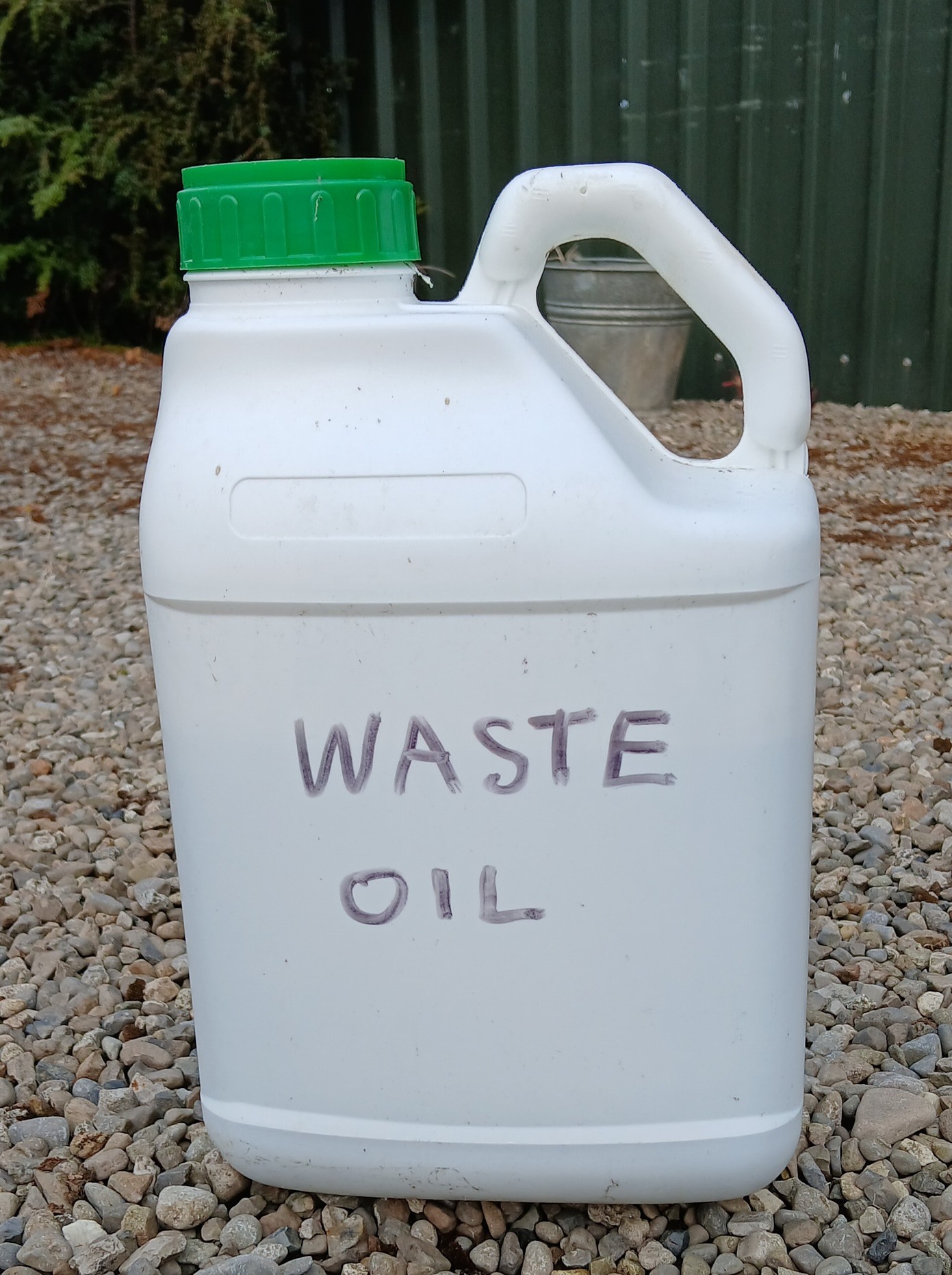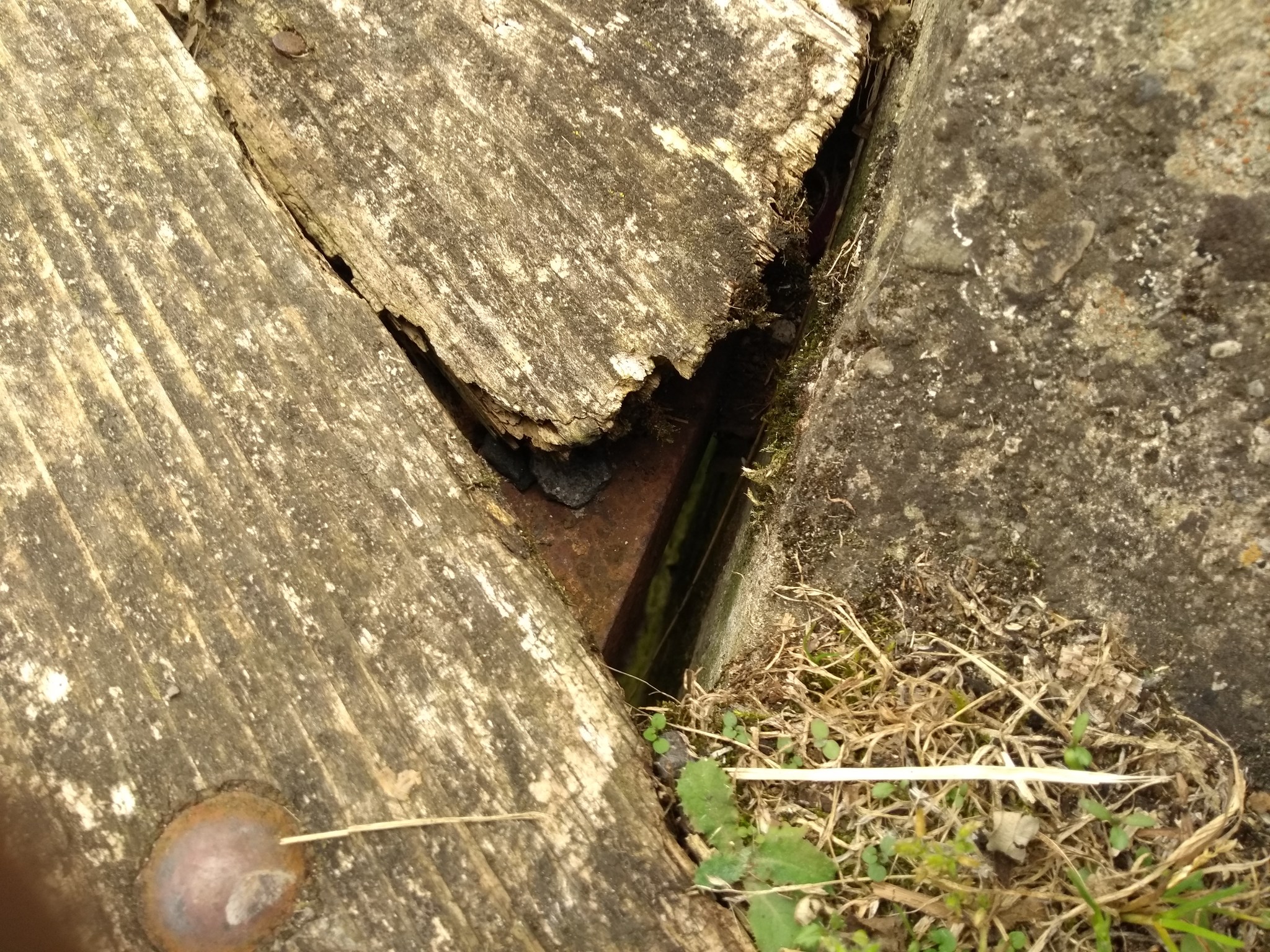 |
| Patchs of tarmac on road, covering locations where mains water pipe was threaded underground. © Eugene Brennan |
Anyway, I noticed David Walsh Civil Engineering Ltd, the contractors for the Dunlavin Water Supply Rationalisation Project seem to be using a tunnelling technique to lay the new water main from Brannockstown to Dunlavin. This is known as horizontal directional drilling. Rather than digging trenches and covering, a tunnel is bored underground, using a coring bit. The patches of new tarmac that occur at regular intervals along the road were the access points for the drilling apparatus and where pipe sections were threaded underground. I've asked DWCE whether any construction images are available and they said that "we will post a project update on Dunlavin in due course".





































.jpg)